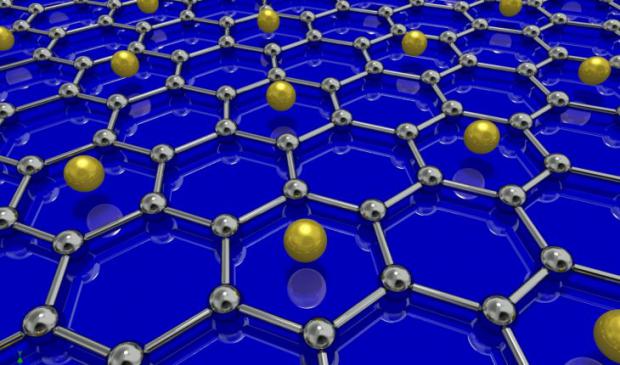
Breaking News
 Tuesday War Room LIVE: Trump Mentioned in ANOTHER Big Batch of Epstein Files...
Tuesday War Room LIVE: Trump Mentioned in ANOTHER Big Batch of Epstein Files...
 Trump Names Louisiana Gov. Jeff Landry Special Envoy to Greenland
Trump Names Louisiana Gov. Jeff Landry Special Envoy to Greenland
 The Box Office Crisis Is Worse Than It Looks
The Box Office Crisis Is Worse Than It Looks
 Will The CME Raid The Silver Party?
Will The CME Raid The Silver Party?
Top Tech News
 Travel gadget promises to dry and iron your clothes – totally hands-free
Travel gadget promises to dry and iron your clothes – totally hands-free
 Perfect Aircrete, Kitchen Ingredients.
Perfect Aircrete, Kitchen Ingredients.
 Futuristic pixel-raising display lets you feel what's onscreen
Futuristic pixel-raising display lets you feel what's onscreen
 Cutting-Edge Facility Generates Pure Water and Hydrogen Fuel from Seawater for Mere Pennies
Cutting-Edge Facility Generates Pure Water and Hydrogen Fuel from Seawater for Mere Pennies
 This tiny dev board is packed with features for ambitious makers
This tiny dev board is packed with features for ambitious makers
 Scientists Discover Gel to Regrow Tooth Enamel
Scientists Discover Gel to Regrow Tooth Enamel
 Vitamin C and Dandelion Root Killing Cancer Cells -- as Former CDC Director Calls for COVID-19...
Vitamin C and Dandelion Root Killing Cancer Cells -- as Former CDC Director Calls for COVID-19...
 Galactic Brain: US firm plans space-based data centers, power grid to challenge China
Galactic Brain: US firm plans space-based data centers, power grid to challenge China
 A microbial cleanup for glyphosate just earned a patent. Here's why that matters
A microbial cleanup for glyphosate just earned a patent. Here's why that matters
 Japan Breaks Internet Speed Record with 5 Million Times Faster Data Transfer
Japan Breaks Internet Speed Record with 5 Million Times Faster Data Transfer
Room temperature superconductivity evidence with graphene in contact with alkanes

There are claims of synthesis of a room temperature superconductor. However, these claims have not been officially accepted by scientific communities. Currently, the highest transition temperature (Tc) recognized in scientific articles is 135 K at 1 atm of Hg-Ba-Ca-Cu-O system which is a copper oxide superconductor. We packed graphite flakes into a ring-shaped polytetrafluoroethylene (PTFE) tube and further injected heptane or octane. Then we generated circulating current in this ring tube by electromagnetic induction and showed that this circulating current continues to flow continuously at room temperature for 50 days. This experiment suggests that bringing alkane into contact with graphite may result in a material with zero resistance at room temperature. In addition, we showed by means of AC resistance measurements using the two-terminal method that the resistances of graphite fibers brought into contact with various alkanes suddenly change at specific critical temperatures between 363 and 504 K. In this study, we show that after a magnetic field is applied to a single-layer graphene at room temperature, alkane is brought into contact with the single-layer graphene, then the graphene excludes the magnetic field immediately. This phenomenon demonstrates that the alkane-wetted single-layer graphene shows Meissner effect at room temperature.



